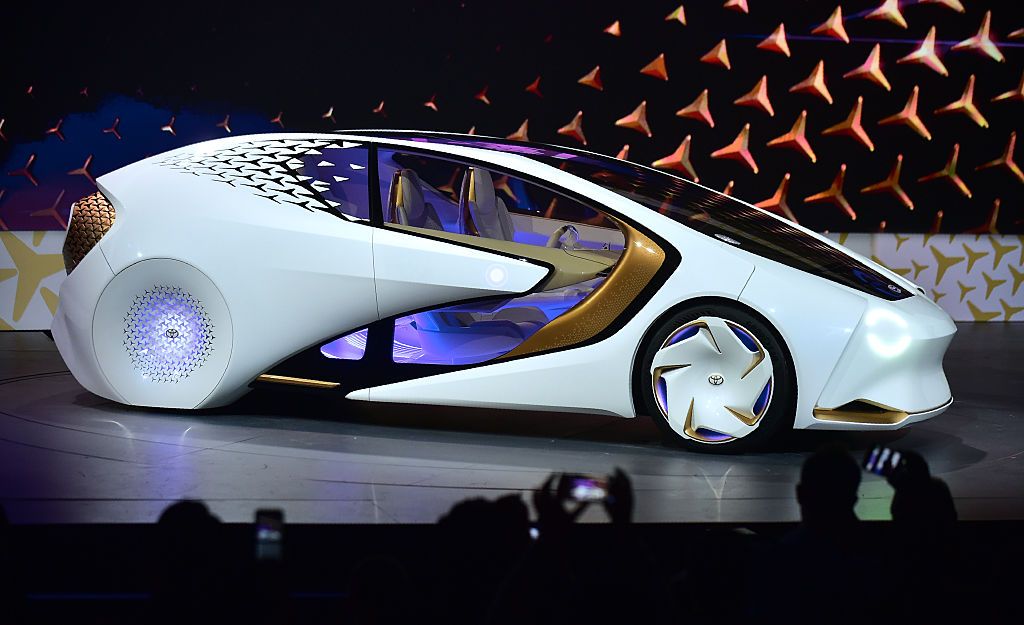Its sales greatly exceeded the previous version, states the Wikipedia entry for the German Ford Taunus 17 M P3 (built 1960-1964). That success was despite, as the entry also mentions, that the car was "known as the 'Badewannetaunus' (Bath tub Taunus) due its styling." Actually, West Germany's increasing prosperity along with the car's other qualities might have been factors in its sales success, though the controversial styling apparently wasn't a major problem.
The man behind the design was Uwe Bahnsen, who led Ford's German styling units for many years.
Here is what the fuss was about:
My main problem with the design is the headlight assemblies. They are large in order to accommodate the German headlights seen here or, perhaps, those awful quad headlights. Volkswagens of the same vintage got by with old-style dual headlights, and assemblies designed to use those could easily have improved the car's appearance.
The side view is Spartan, a functionalist purist's dream come true. Well, a purist would have used wheelhouse openings that matched the round tires and not the teardrop cutouts seen here. And there is zero scratch/scuff protection for the sides. A rub-rail might have performed that function, speaking of functional design.
Rear three-quarter view. Front and rear bumpers share the same theme. They look nice, but would be illegally flimsy in today's regulated environment. The sculpting on the rear fender area is subtly effective. Tail lights are Ford-like circles, a welcome touch whether it was intentional or not. The panel they're mounted on was necessary to accommodate varying European license plate sizes.
The radio antenna is positioned near the A-pillar, not on the trunk as shown in the previous photos. Perhaps that car was a pre-production job used for publicity images.
A publicity photo with people, providing a sense of scale. This car and the one above have bumper guards positioned to help protect the headlights.
A publicity photo taken in Paris. The rear has bumper guards, reflectors, and a backup light -- all not seen on the rear view above.
Its sales greatly exceeded the previous version, states the Wikipedia entry for the German Ford Taunus 17 M P3 (built 1960-1964). That success was despite, as the entry also mentions, that the car was "known as the 'Badewannetaunus' (Bath tub Taunus) due its styling." Actually, West Germany's increasing prosperity along with the car's other qualities might have been factors in its sales success, though the controversial styling apparently wasn't a major problem.
The man behind the design was Uwe Bahnsen, who led Ford's German styling units for many years.
Here is what the fuss was about:
My main problem with the design is the headlight assemblies. They are large in order to accommodate the German headlights seen here or, perhaps, those awful quad headlights. Volkswagens of the same vintage got by with old-style dual headlights, and assemblies designed to use those could easily have improved the car's appearance.
The side view is Spartan, a functionalist purist's dream come true. Well, a purist would have used wheelhouse openings that matched the round tires and not the teardrop cutouts seen here. And there is zero scratch/scuff protection for the sides. A rub-rail might have performed that function, speaking of functional design.
Rear three-quarter view. Front and rear bumpers share the same theme. They look nice, but would be illegally flimsy in today's regulated environment. The sculpting on the rear fender area is subtly effective. Tail lights are Ford-like circles, a welcome touch whether it was intentional or not. The panel they're mounted on was necessary to accommodate varying European license plate sizes.
The radio antenna is positioned near the A-pillar, not on the trunk as shown in the previous photos. Perhaps that car was a pre-production job used for publicity images.
A publicity photo with people, providing a sense of scale. This car and the one above have bumper guards positioned to help protect the headlights.
A publicity photo taken in Paris. The rear has bumper guards, reflectors, and a backup light -- all not seen on the rear view above.


















EmoticonEmoticon